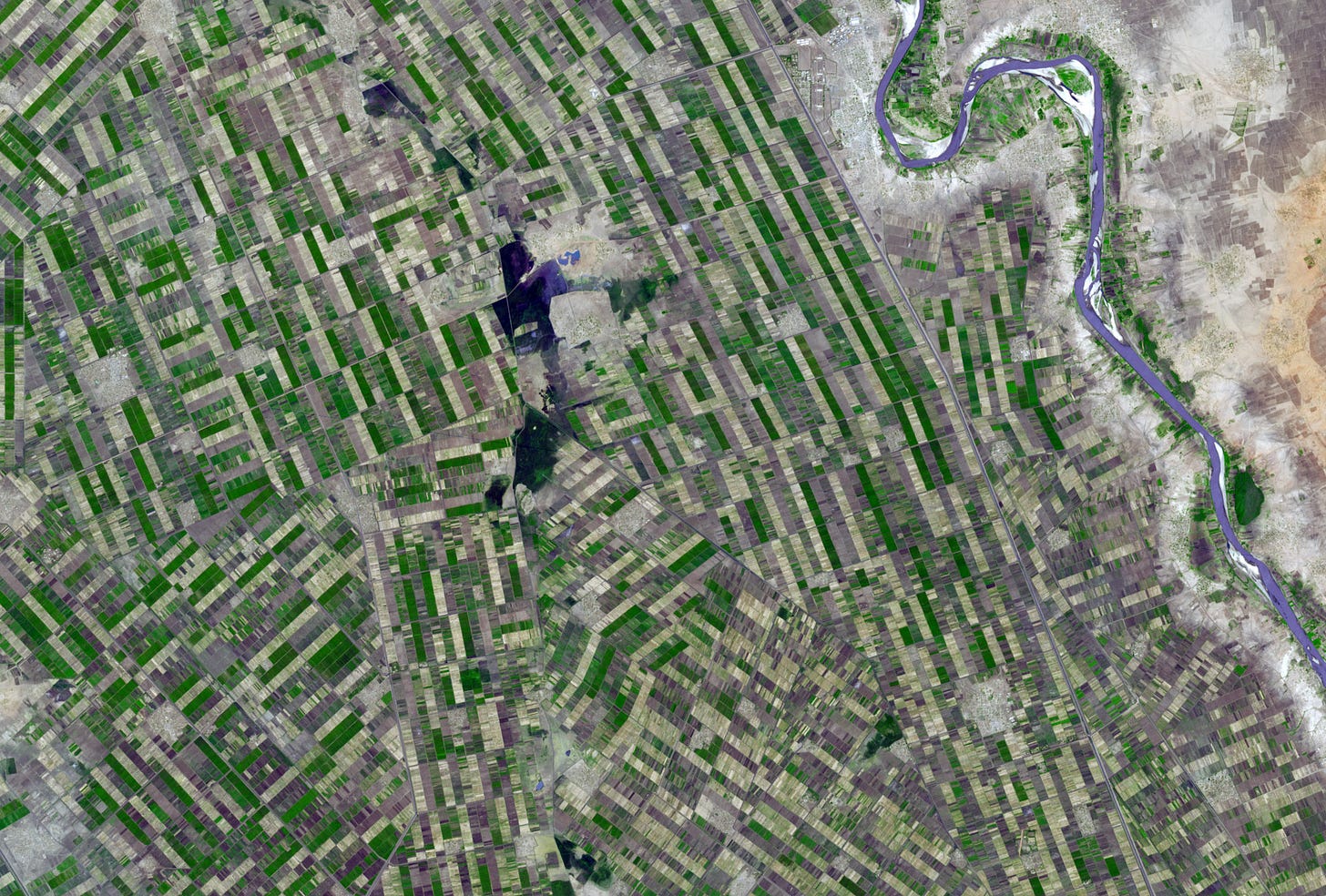RSF consolidate control over Jezira and reach the gates of Sennar
Army collapses across a vast swathe of agricultural heartland

Towns and villages throughout Jezira State are now in the grip of the Rapid Support Forces (RSF), following the fall of the state capital Wad Madani earlier this week.
Resistance by the Sudan Armed Forces (SAF) collapsed in Wad Madani on December 18-19. At about the same time, or soon thereafter, SAF withdrew from northern positions in the state, including al-Takla and al-Kamlin.
The larger town of al-Hasaheisa fell under RSF control a day later, December 20, including the 2nd Brigade headquarters of the 1st Infantry Division.
Yesterday, December 21, the RSF advanced as far south as Hajj Abdallah and Wad al-Haddad, which are 40 km and 25 km from Sennar, another major Sudanese city. They also entered al-Qutaynah, the northernmost SAF-controlled town in White Nile State, where they filmed videos of themselves at a captured army outpost in the town.
There were few reports of fighting in any of these locations, except in Rufa’a on December 18, and in al-Qutaynah December 19-21.
All of the town and cities along the Blue Nile are now under RSF control, along both banks. Of the state’s major population centers, only al-Managil, west of Wad Madani, hasn’t yet fallen to the RSF, as far as we know. However, the town may be undefended, given the withdrawal of the rest of the 1st Infantry Division to the south.
Historically, Jezira State (also spelled “Gezira”) has been a very peaceful part of Sudan—unlike the western regions Darfur and South Kordofan. The last time an invading army entered Jezira was in 1898 when Anglo-Egyptian forces under Lord Herbert Kitchener swept into the region following their defeat of the Madhist army of Khalifa Abdullahi at Omdurman.
Jezira is Sudan’s most fertile state, producing vast quantities of cotton, peanuts, and wheat. It was a safe haven for people who had fled fighting in Khartoum earlier in the war. According to the World Food Programme, Jezira produces half of Sudan’s total wheat harvest, 350,000 mt annually—enough to feed 6 million people.
“The state’s high agricultural capacity and key location along critical supply routes that lead to Sudan’s capital Khartoum, make it vital to Sudan’s food system,” the UN agency said in a press release. Eddie Rowe, the WFP director in Sudan, warned,
“Sudan’s breadbasket must remain for what it was intended – farming, not fighting. Otherwise, we may see an even more catastrophic hunger crisis as the lean season gets underway in May 2024.”
Even before the RSF invasion of the state, humanitarians were forecasting that Sudan would be pushed to the brink of famine by mid next year.
Neighboring Sennar State, which is also an important agricultural state, also appears vulnerable to attack. “Sennar garrison is devoid of army presence,” said the Sennar Youth Gathering (a resistance committee), in a social media post. “There are only a few soldiers, and no signs of military outposts.”
If this is true, the only thing preventing the RSF from taking Sennar may be a lack of orders to do so. After its rapid advance, the paramilitary may take a little more time to consolidate its position and plan its next move.
Fearing an attack, ”90% of Sennar merchants have emptied their goods,” according to the Sennar Youth Gathering.
Sennar was the destination of many people who fled south from Wad Madani. If the city is attacked, thousands of hungry and exhausted refugees could take flight again.
Deeper into Sennar State is the state capital Sinja, which is the headquarters of the 17th Infantry Division, and a training location for new army recruits. Sinja might therefore be better defended than Sennar city. However, elements of the 17th Division were sent to Khartoum six months ago, where they were surrounded, and the division commander was killed.
For now, the military situation is in a state of flux, and it is unclear where or how the Sudan Armed Forces may attempt to confront the RSF again, whether defensively or by counter-attacking. As we noted previously, SAF’s defeat at Wad Madani completely changes the military geography of the war. Whereas previously the RSF had been contained in Khartoum State, now they control nearly all of Jezira State and could strike in several directions, including Gedaref, Sennar, or Kosti.
Rumors of advancing RSF columns are sweeping across Sudanese cities, stoking fear and crippling economic activity. Citing a local source, Radio Dabanga reported yesterday that rumors of advancing RSF forces in ad-Douiem and al-Gitaina localities sparked panic among citizens in the cities of Rabak and Kosti, which caused a sudden spike in the cost of travel tickets and market goods. “The citizens fear a repeat of what happened recently in Wad Madani,” the independent radio station reported.
The army’s rapid collapse in that city has come as a shock to the Sudanese public and is a major blow to its morale and prestige.
Since last week, even before the fall of Wad Madani, RSF propaganda accounts have circulated videos claiming to show convoys en route to Kosti and other cities. These are information warfare tactics aimed at sowing panic, leaving the enemy guessing, and creating diversions.
Videos
Villagers watch a column of RSF enter Rufaa on December 18, 2023:
The RSF commander appointed to rule Jezira State, Abu Aqlah Kikel, held a rally in Rufa’a, December 22 telling residents, “We don’t have a problem with any civilian.”
RSF in al-Qutaynah yesterday, December 21,
RSF commander Ahmed Guja with his troops entering Hassahissa, December 20


